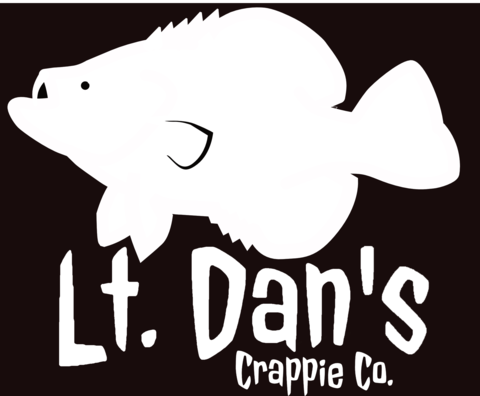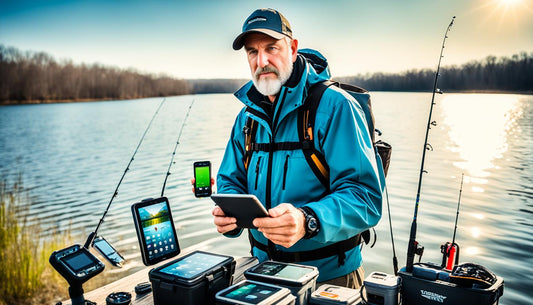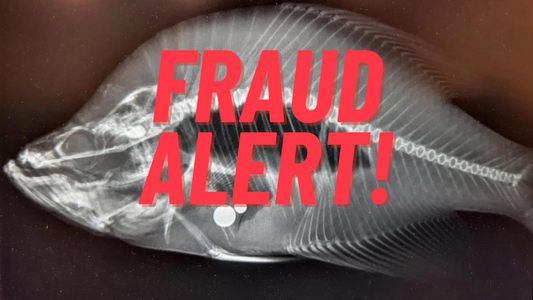
Hey fellow anglers! Ever pondered the enigmatic world of crappie spawning? Well, you're in for a treat! As a seasoned and devoted fisherman, I'm here to spill the beans on when do crappie spawn and where these slabs get into their antics. Get ready to elevate your fishing game and reel in those slabs. Grab your fishing gear, and let's dive into the mesmerizing universe of crappie spawning!
The Lowdown on Crappie Biology
Meet the Crappie
Introducing the stars of the show – black and white crappie. Despite their name, these fish are far from "crappy." They're a joy to catch, and understanding their behavior is your key to success on the water.
When Crappie Spawn Begins
The Triggers
Crappie, like many fish, undergo a life cycle culminating in the spawning season. When temperatures rise and days lengthen, these critters start feeling the love – it's nature's way of telling crappie it's time to party. Understanding these triggers is like having a backstage pass to the crappie concert. This graph demonstrates how crappie move to more shallow waters during spawning temperatures. Read more about their behavior to temperature here.

Timing is Everything
So, when do crappie spawn and throw their spawning soirée? It's a seasonal affair, happening in the spring. But they're picky; they like their water just right, usually in the 56 to 60-degree Fahrenheit range will trigger that initial spawning migration to pre-spawn staging structure. Once temperatures hit 65 to 70-degrees Fahrenheit, the crappie are full on spawning. However its important to understand that not all female crappie will transition to the nests at the same time. Females will transition from pre-spawn staging structure to spawning beds or nests in waves. Simultaneously you will find many male crappie protecting the nest. Crappie spawn is very susceptible to failed spawns depending on temperature fluctuations, which may cause an early spawn attempt and then a late chill may kill that young spawn recruits. It's like Goldilocks and the Three Bears, but with fish.
-
56-60 crappie are pre-staging and preparing for spawning, check timber about 15 feet of water.
-
60-65 crappie are moving in, look for males in the shallows preparing for large females to make their way in. Large females will be found beginning to move in on the higher end of temps.
-
65-70 crappie spawn is full swing. Males and females are in the shallows, you will find post spawned female back out on timber after spawning.

Where to Find Spawning Crappie
Types of Water Bodies
Crappie are democratic in their choice of home – whether it's a sprawling lake, a cozy reservoir, or a backyard pond, they're there for the taking. Each water body has its charm, and knowing where to look is half the battle.
Habitat Hotspots
To be the crappie whisperer, you need to know their favorite hangouts. Crappie aren't too demanding when it comes to building their nest, but they have preferences. They lay their eggs on a clean, hard substrate like gravel or submerged structures. It's like picking out the perfect crib for their little crappie offspring. Shallow areas and backwaters are like VIP lounges for spawning crappie. Submerged structures and vegetation? They're the exclusive after-party spots – think of it as knowing the secret spots where celebrities hang out, but with fish.
Variable water levels can be an issue with the spawning locations or hotspots. If your lake is running higher than normal, you may find that the structures and substrate which normally house spawning and stagging crappie are now submerged too deep. The new shallow waters in a fluctuating lake might not hold the ideal substrate or environment for a proper spawning season. In this even, its important to understand your lakes terrain and seek an ideal spawning environment at the new lake depth.
Techniques for Fishing Spawning Crappie
Gear Up
Let's talk fishing gear. To outsmart crappie during spawning season, you need the right tools. A light to medium-action rod paired with a reliable reel is like having the perfect dance partner. And don't forget your bait – crappie jigs or live minnows are the crème de la crème of the fishing world.
Presentation is Key
Convincing crappie to take the bait is an art form. Jigging is the key – mimic the movement of their prey. It's like putting on a show, and crappie are the audience. They can't resist a good performance. At this time of year don't stress too much about technique though. The female and male crappie in the nest or transitioning back to structures will be hungry. Many times when spawning season fishing, our jigs or minnows don't even have to drop before the whole line and rod tip being yanked.
Tips for Conservation
Fish Responsibly
Fishing isn't just about catching; it's about respecting the environment. During spawning season, crappie are more vulnerable, so practicing catch-and-release is like being a superhero for fish. Let those future slabs grow up and make more little crappie.

Spread the Word
As anglers, we're stewards of our waters. Spread the word about responsible fishing practices and lead by example. It's like creating a ripple effect – pun intended – that can make a big difference in preserving crappie populations for generations to come.
Conclusion
So, there you have it – the inside scoop on when and where crappie spawn. Armed with this knowledge, you're ready to hit the water with confidence. Remember, it's not just about catching fish; it's about immersing yourself in the world of these incredible creatures. Crappie Connection recently put out a podcast on their YouTube with Brad and Gabe Sewell of Crappie Forever and Kevin Dockendorf, a biologist from the coastal plains of North Carolina, where they speak extensively about crappie conservation, spawning season, the variables and downfalls of a crappie spawning season. If you would like to dive into more depth into crappie spawning impacts you may enjoy this video!



